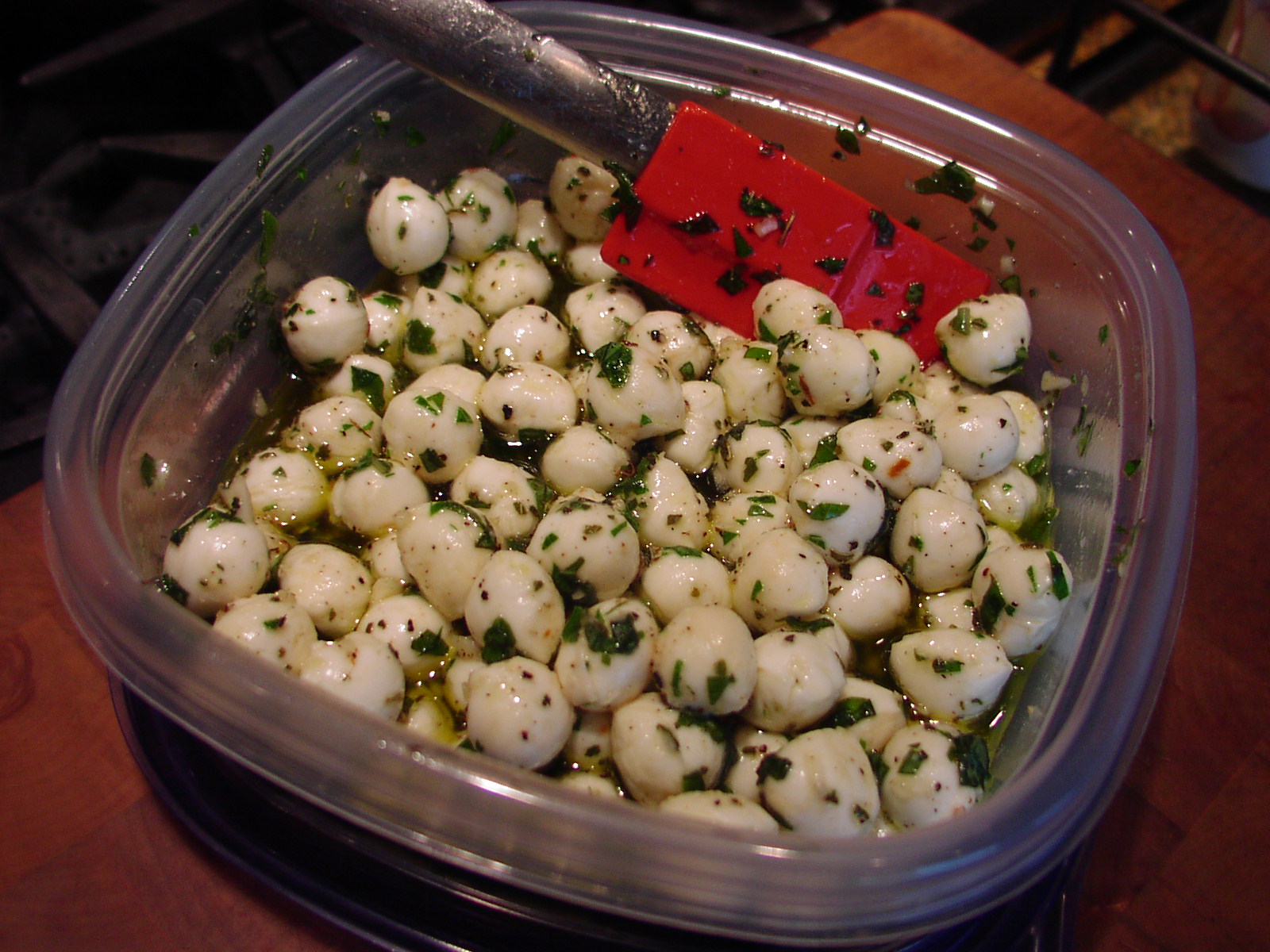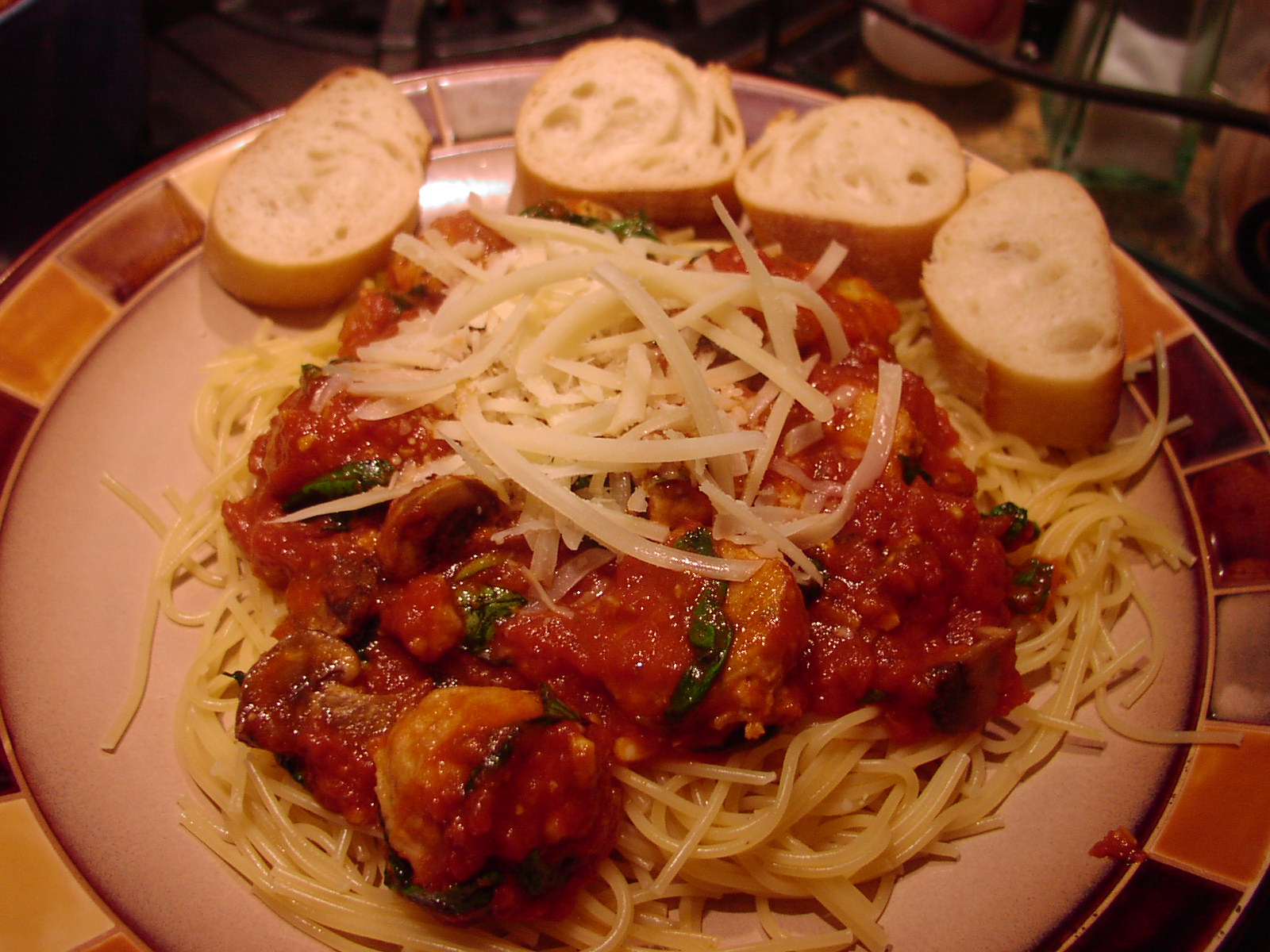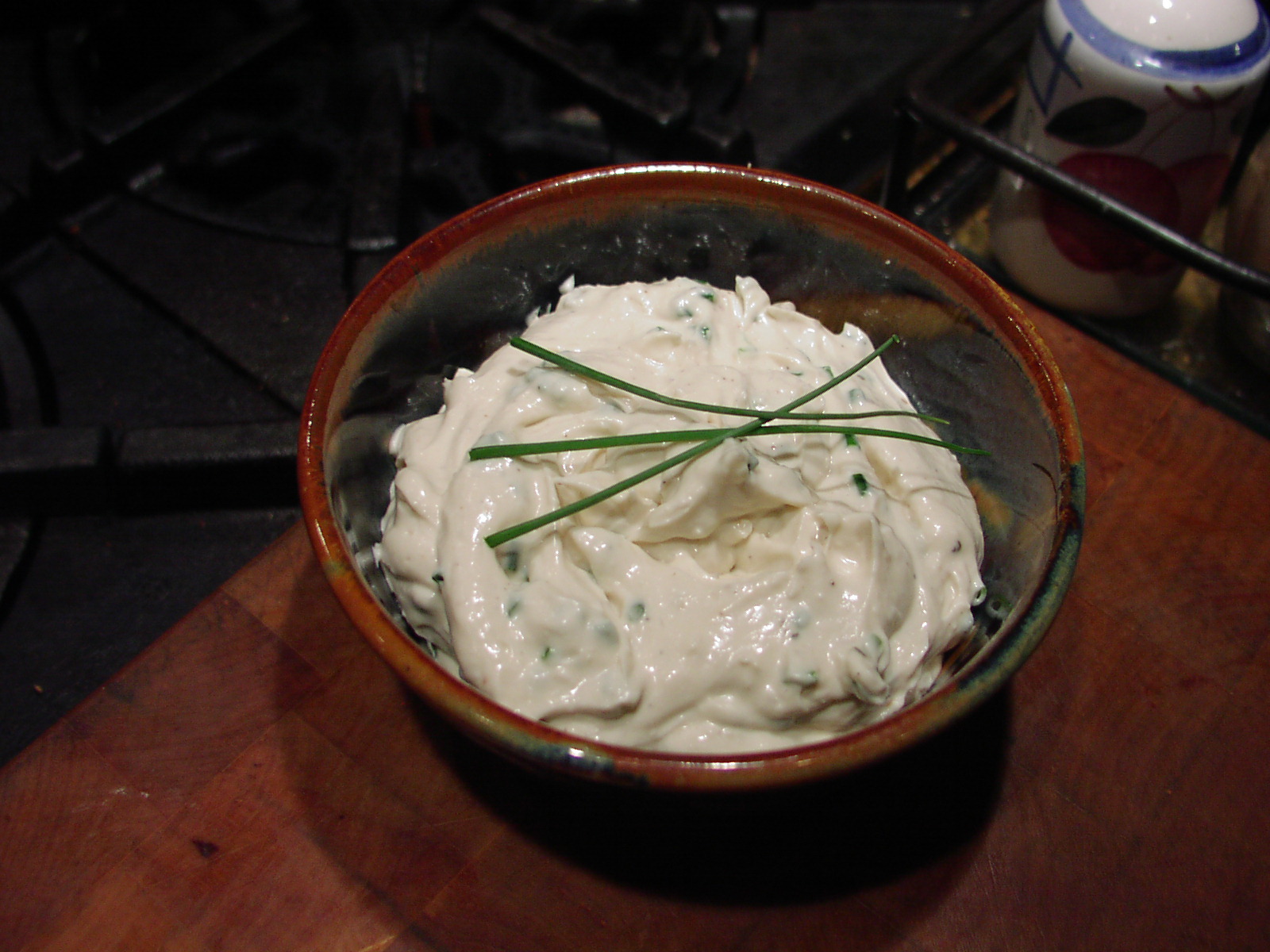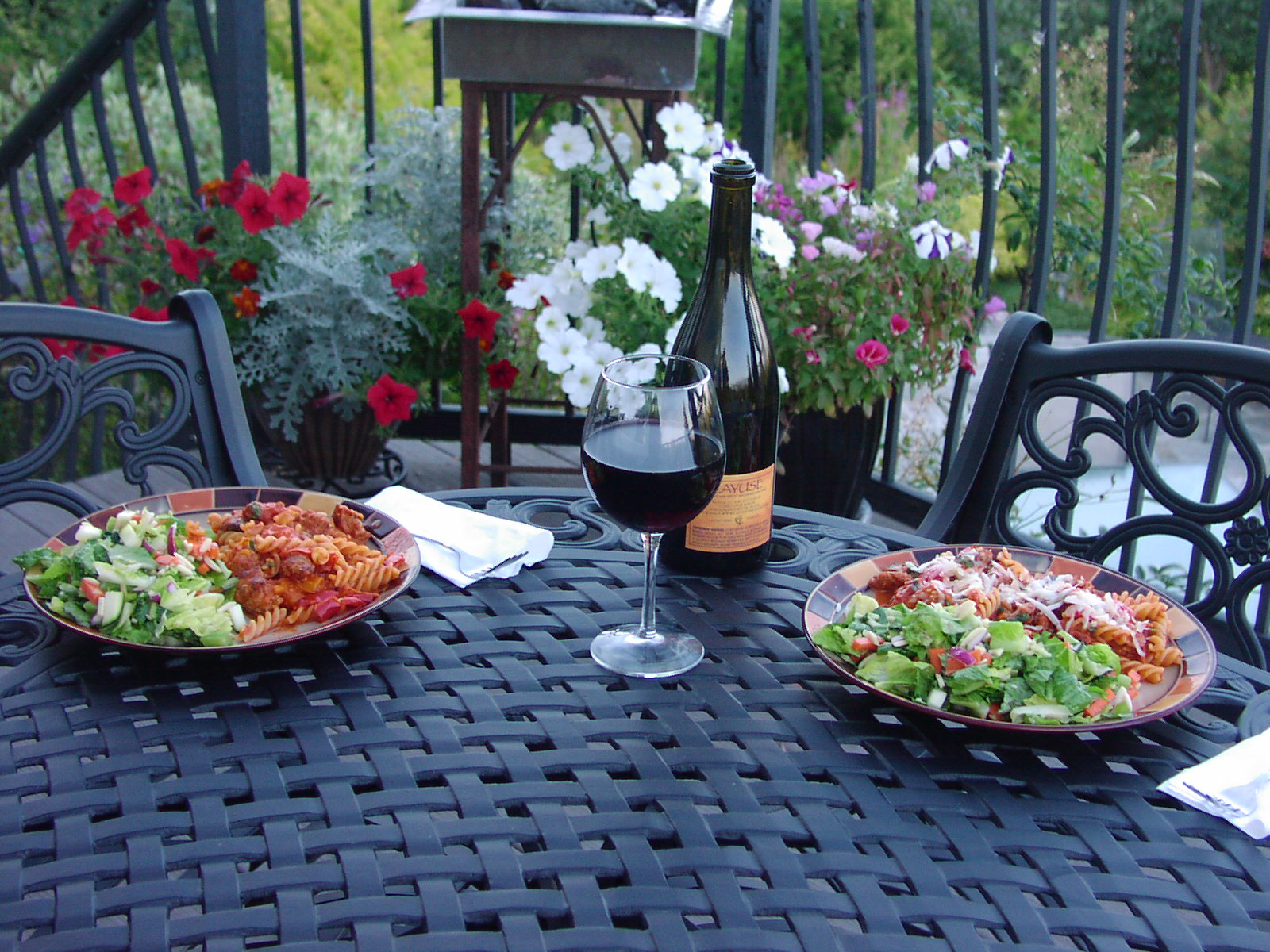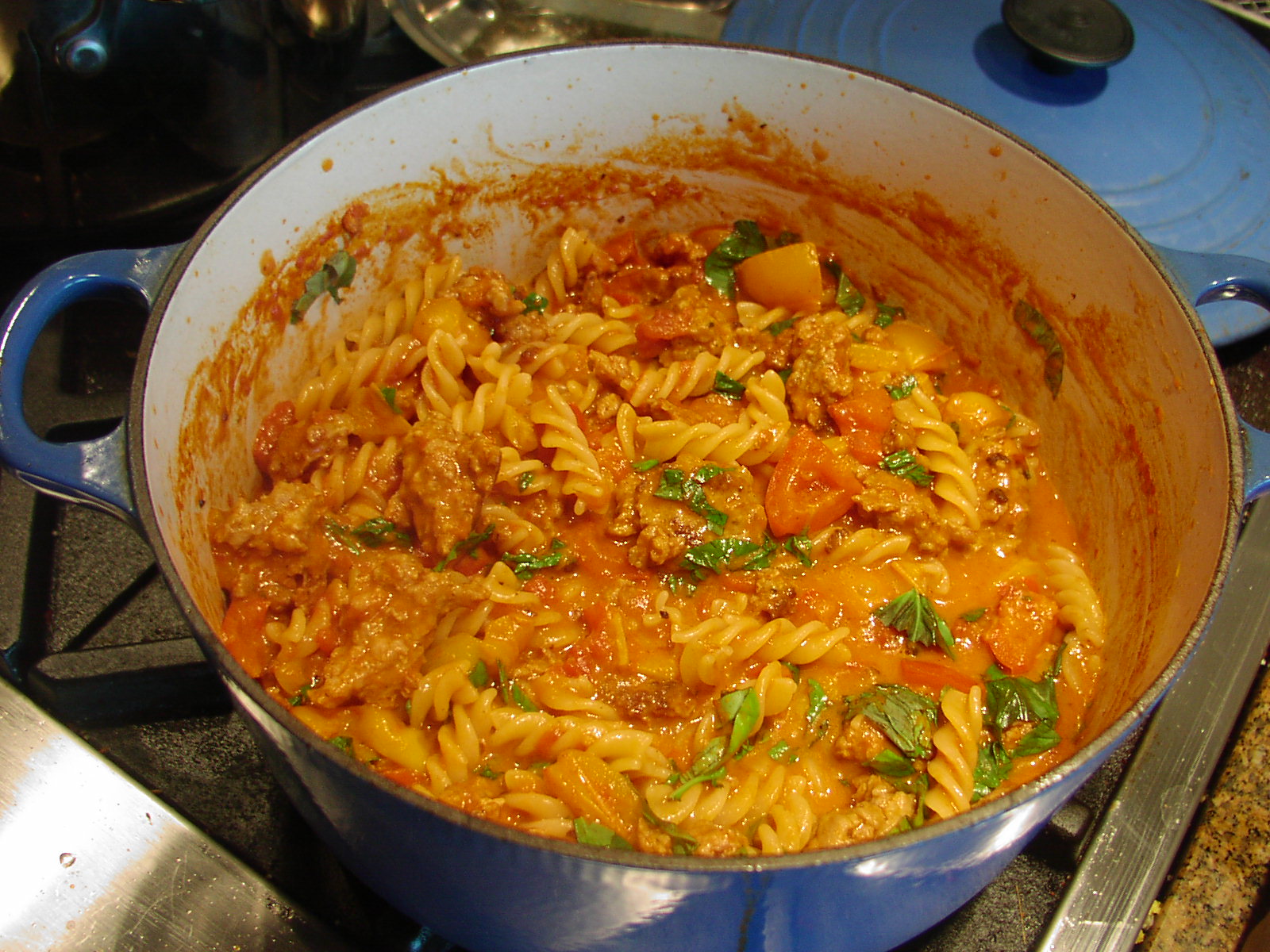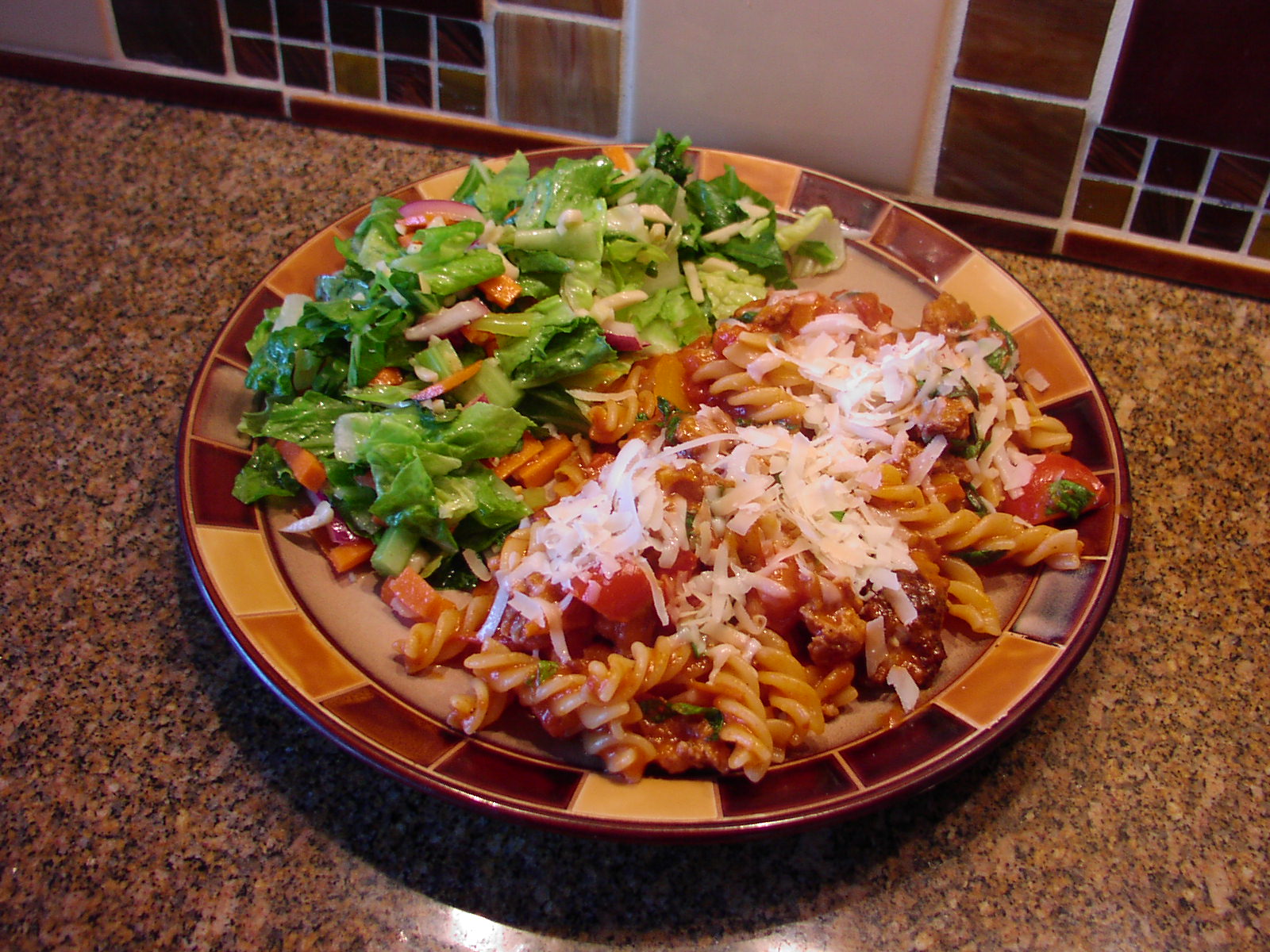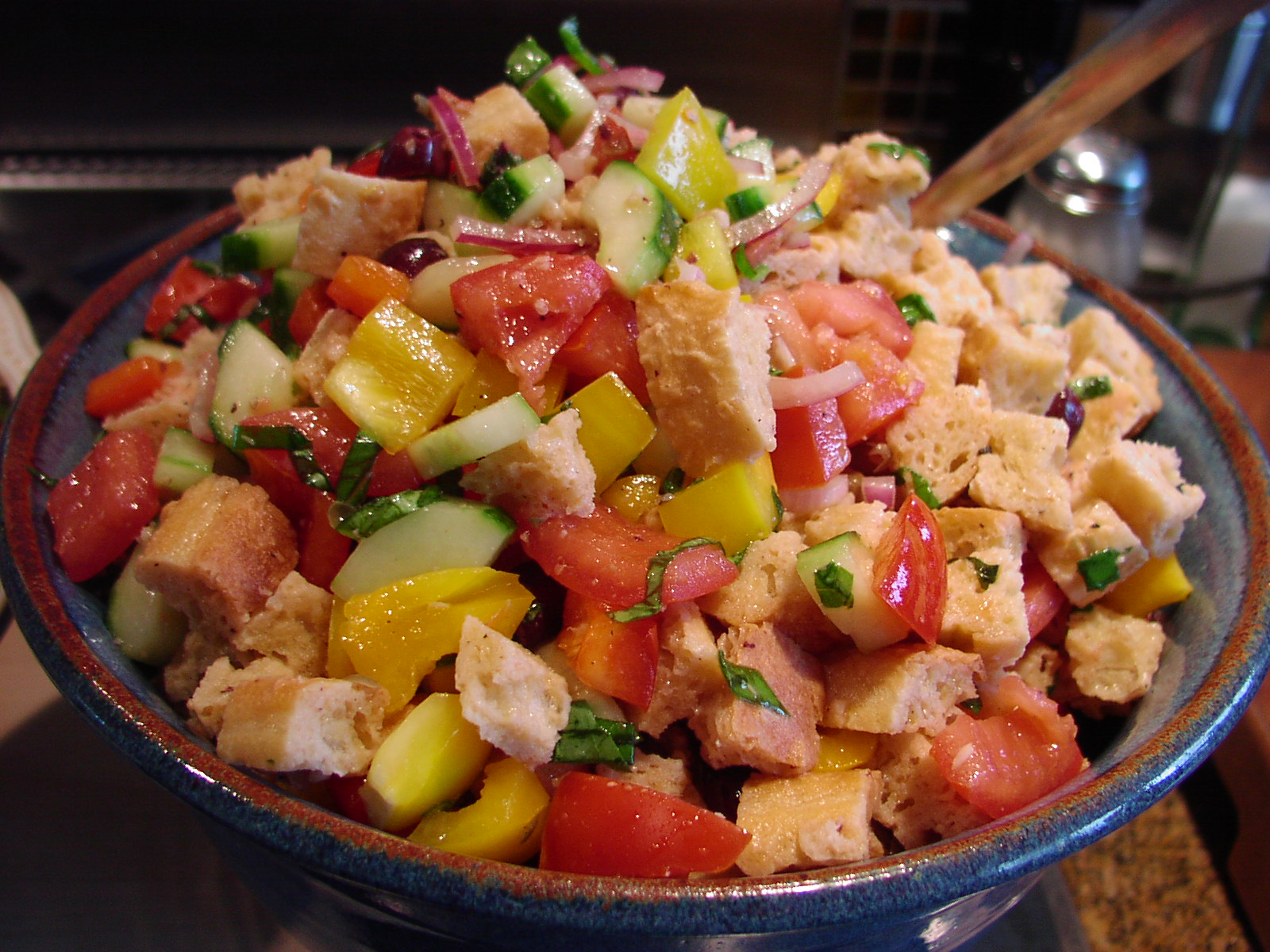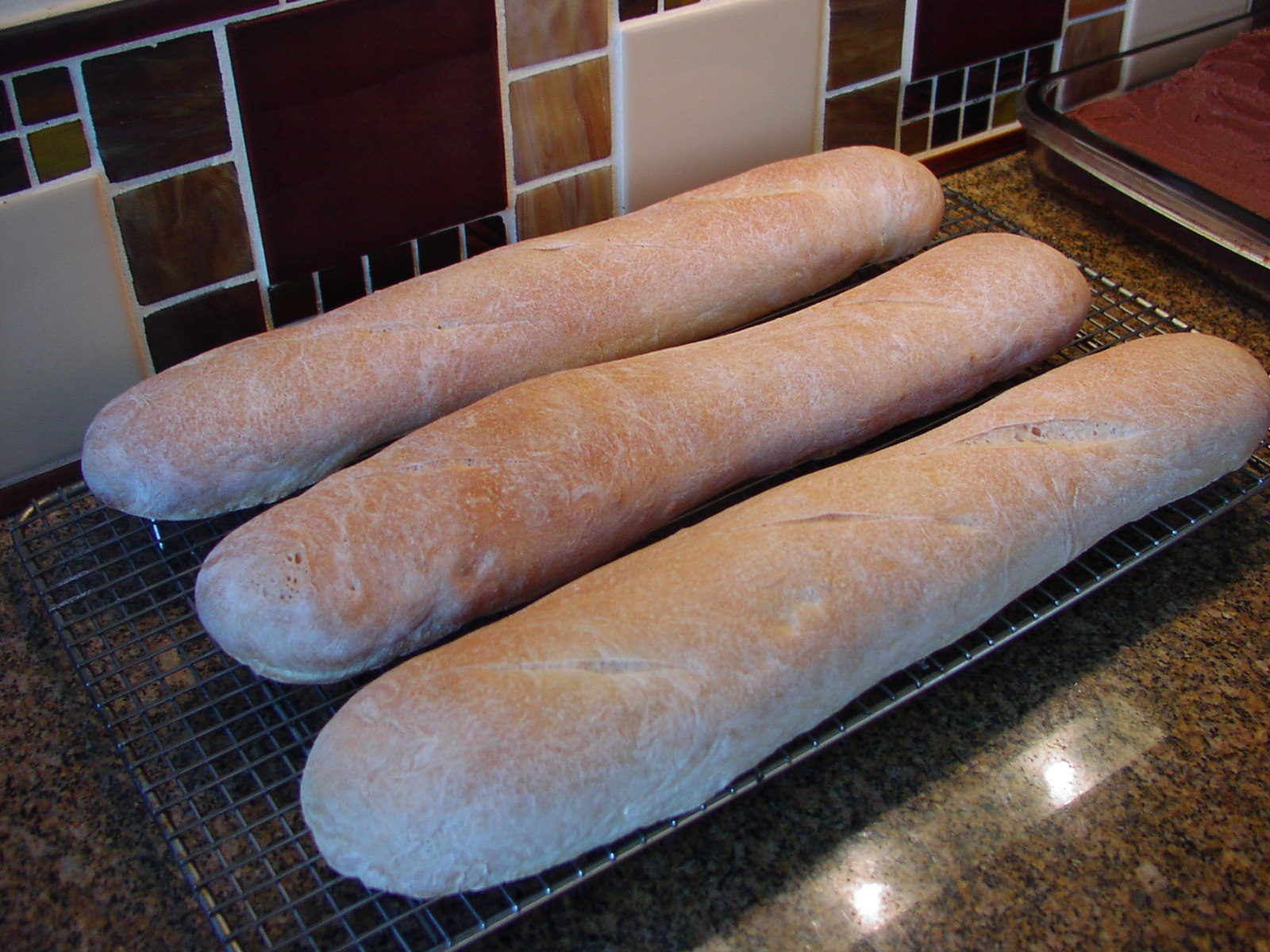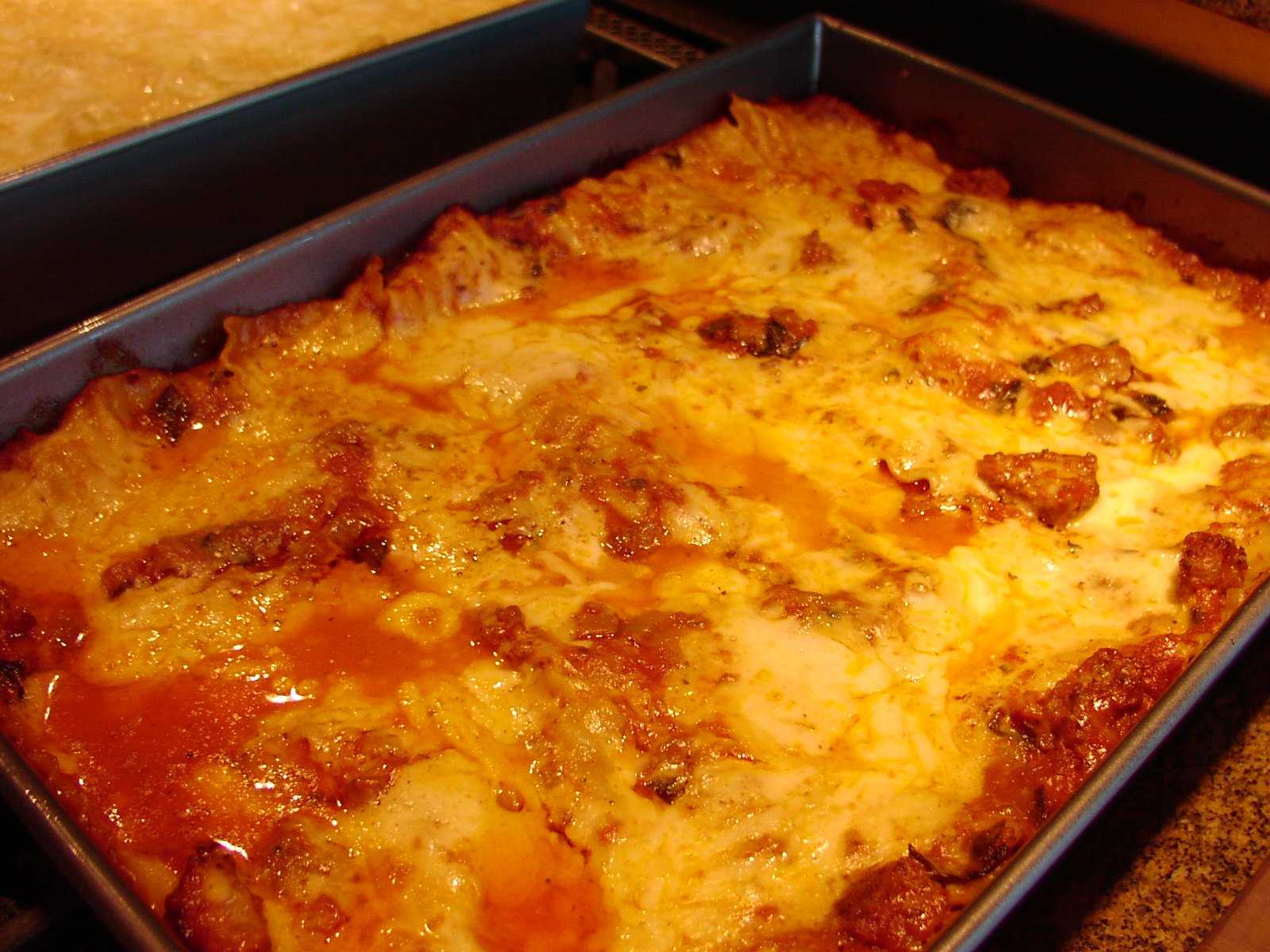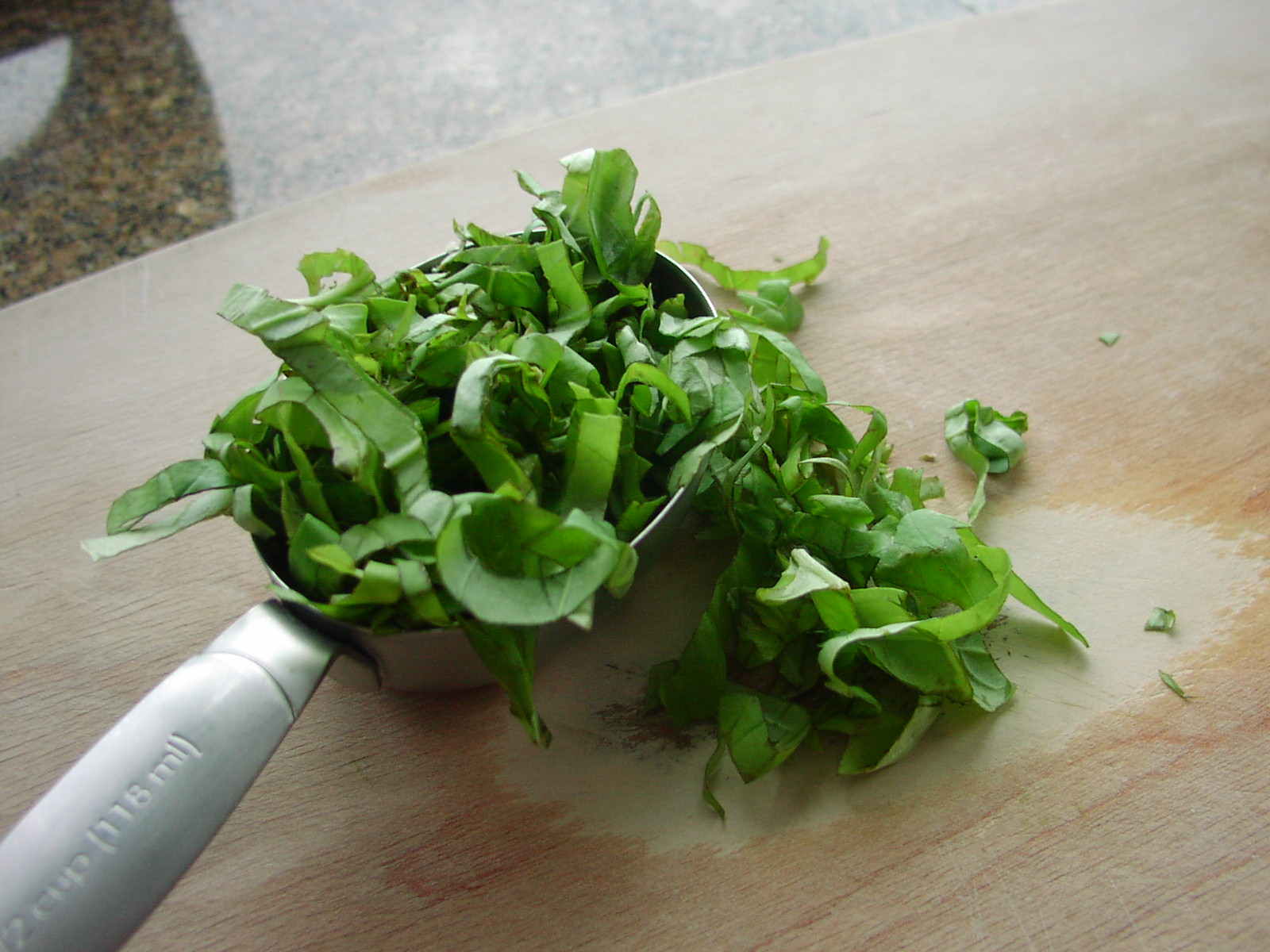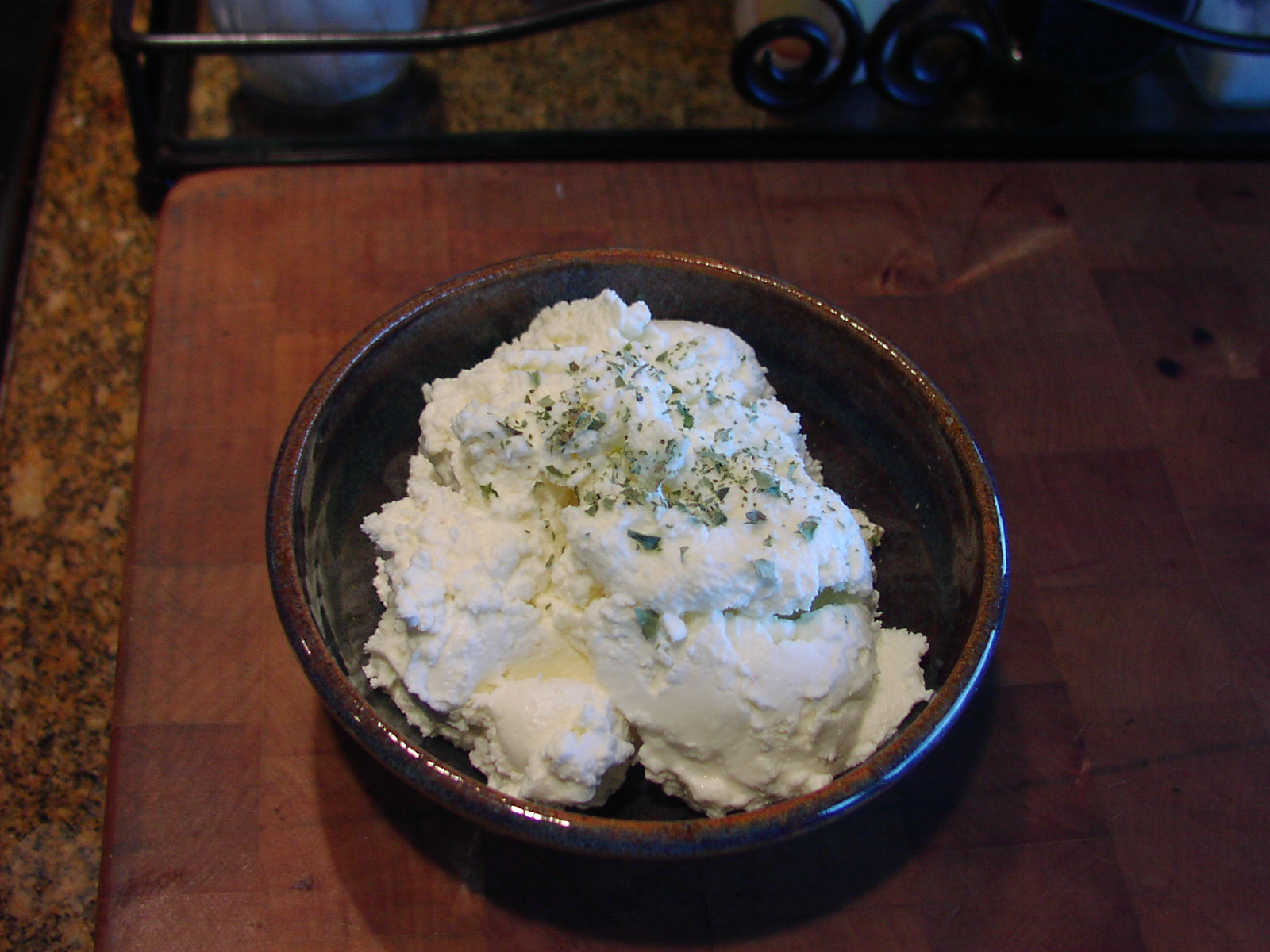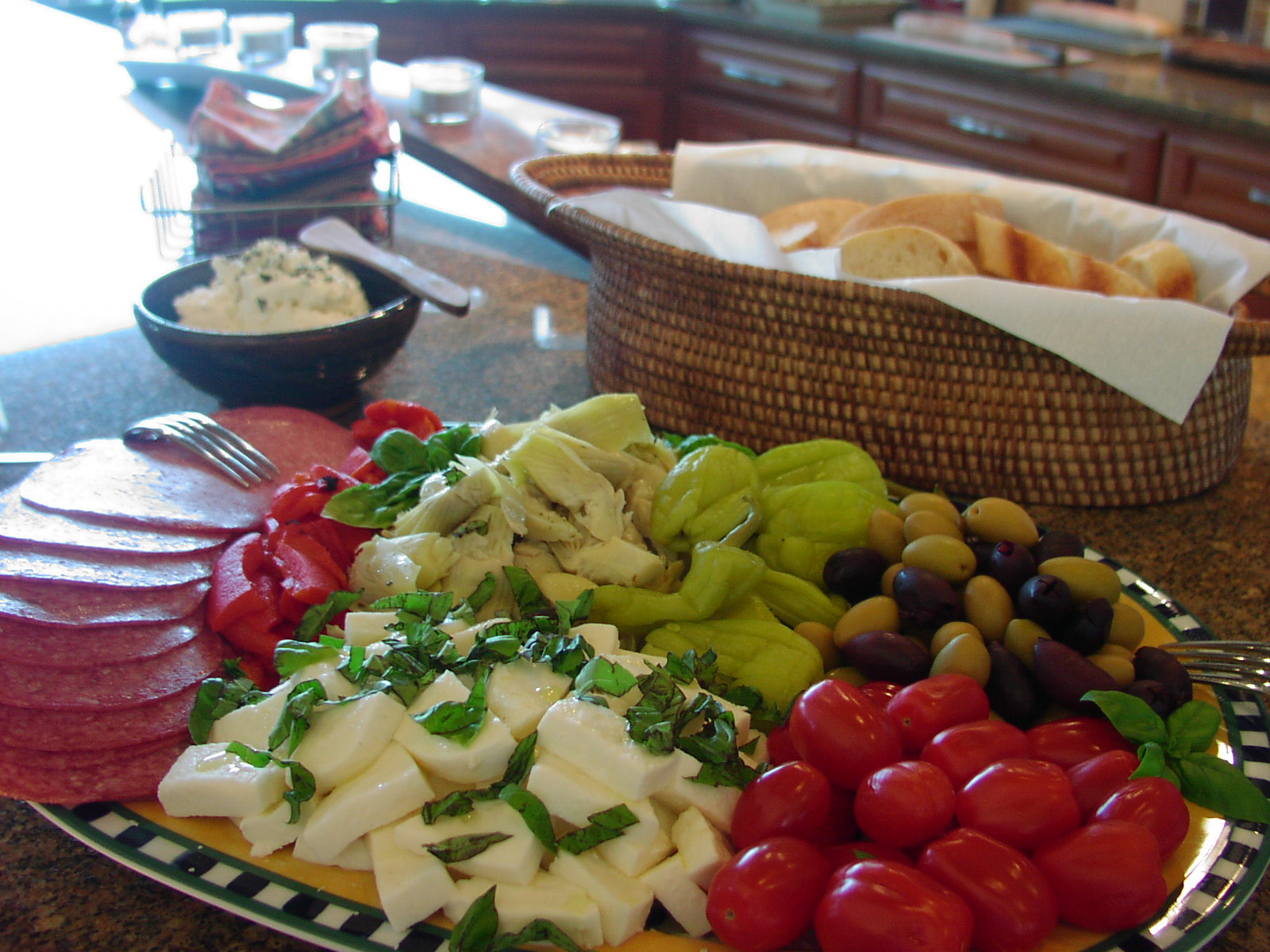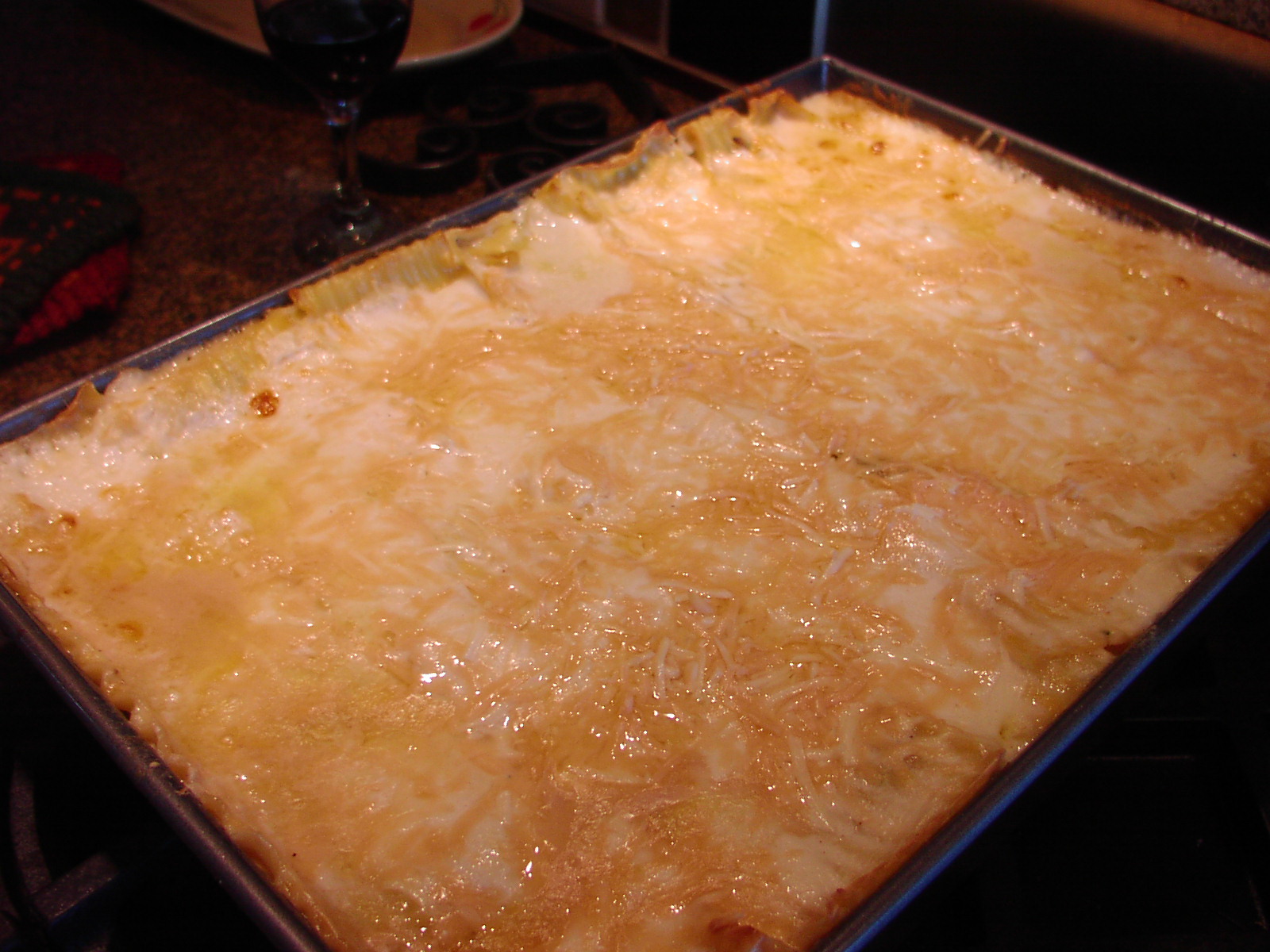
I have wanted to work up a “white” veggie lasagna recipe for several years now, but somehow I never seemed to get around to it. So when Mr. C. casually mentioned one evening that he was hungry for lasagna, I took his words to heart and decided to serve 2 types of lasagna at our upcoming JazzVox concert. (Kills 2 birds with one stone; Mr. C gets his lasagna fix and I have a food theme for the next concert.) And because I know not everyone eats meat, I usually try to serve 2 main dishes, one with meat, one without. And because I knew that the lasagna with meat was going to have a tomato base, I decided now was the time to work up a “white” veggie lasagna recipe. Thus the recipe you see before you.
And since I know you’re interested, the whole “veggie lasagna” idea stemmed from a wonderful meal we enjoyed at the home of our good friends Alan and Sandy. Sandy and Alan host classical concerts in their home in Chimacum, WA. With Alan on violin and Sandy on piano, they offer amazing concerts specializing in Romantic and early twentieth-century works. For information about upcoming concerts visit them at www.rawsonduo.com. So, whenever we have the time, we attend our friend’s concerts in Chimacum. The music is always wonderful, but there’s another reason we try and visit our friends as much as possible. Along with being a fabulous musician, Sandy is a trained chef. So not only do we have the pleasure of listening to our friends perform, we get to eat the nibbles that Sandy prepares for after the concert. Then, to really seal the deal, we stay and have dinner and hopefully help decompress the worn out performers. (Wine is usually a big part of the decompression process!)
So one of the evenings after everyone else had left, Sandy served us an amazing veggie lasagna. (I would have prepared her recipe for the concert, but it has a tomato base.) Her veggie lasagna was just so wonderful, and after much praise, she shared with me the secret of great veggie lasagna. “It’s all about the veggies!” Such a simple concept, but it really started me thinking not only about veggie lasagna, but every dish that I prepare. So, while I was concocting this recipe for “white” lasagna, I took Sandy’s words to heart. I tried to make sure that every ingredient in the béchamel sauce had but one mission to perform. And that was to compliment the wonderful flavor of the roasted vegetables.
So dear friends, I hope you enjoy the recipe. And since I know that many of you would also like to have Sandy’s Veggie Lasagna recipe, I will be sharing her recipe, along with my Lasagna Bolognese recipe with you in the near future.
- 1 medium eggplant, partially peeled, sliced and cut into 1-inch cubes
- 1 red onion, coarsely chopped
- 2 small zucchini, cut lengthwise and then into 1/3-inch half moons
- 1 red pepper, diced
- 1 yellow pepper, diced
- 10-12 crimini or button mushrooms, sliced
- ¼ c. extra virgin olive oil
- 1 tsp. kosher salt
- freshly ground black pepper
- 6 T. butter
- 2 garlic cloves, finely minced
- ½ c. flour
- 6 c. milk (whole milk is best)
- 1/8 tsp. freshly grated or ground nutmeg
- ¼ tsp. kosher salt
- ¼ tsp. white pepper or black pepper to taste (white pepper actually has a sharper flavor than black)
- 2 c. loosely packed fresh baby spinach chiffonade* (see below to learn how to chiffonade)
- ½ c. fresh basil chiffonade*
- 1 lb. lasagna noodles** (I like Culinary Circle Authentic Bronze-cut Lasagna noodles)
- 2 c. grated Pecorino Romano cheese, divided
- 1½ c. grated mozzarella cheese
- ½ c. grated Parmesan cheese
Place the eggplant, onion, zucchini, red pepper, yellow pepper, and mushrooms on a large low sided baking sheet. Drizzle with olive oil. Sprinkle lightly with salt and pepper. Using your hands, toss the vegetables together until they are evenly coated with the oil and seasonings. (The picture shows veggies for a double recipe.)
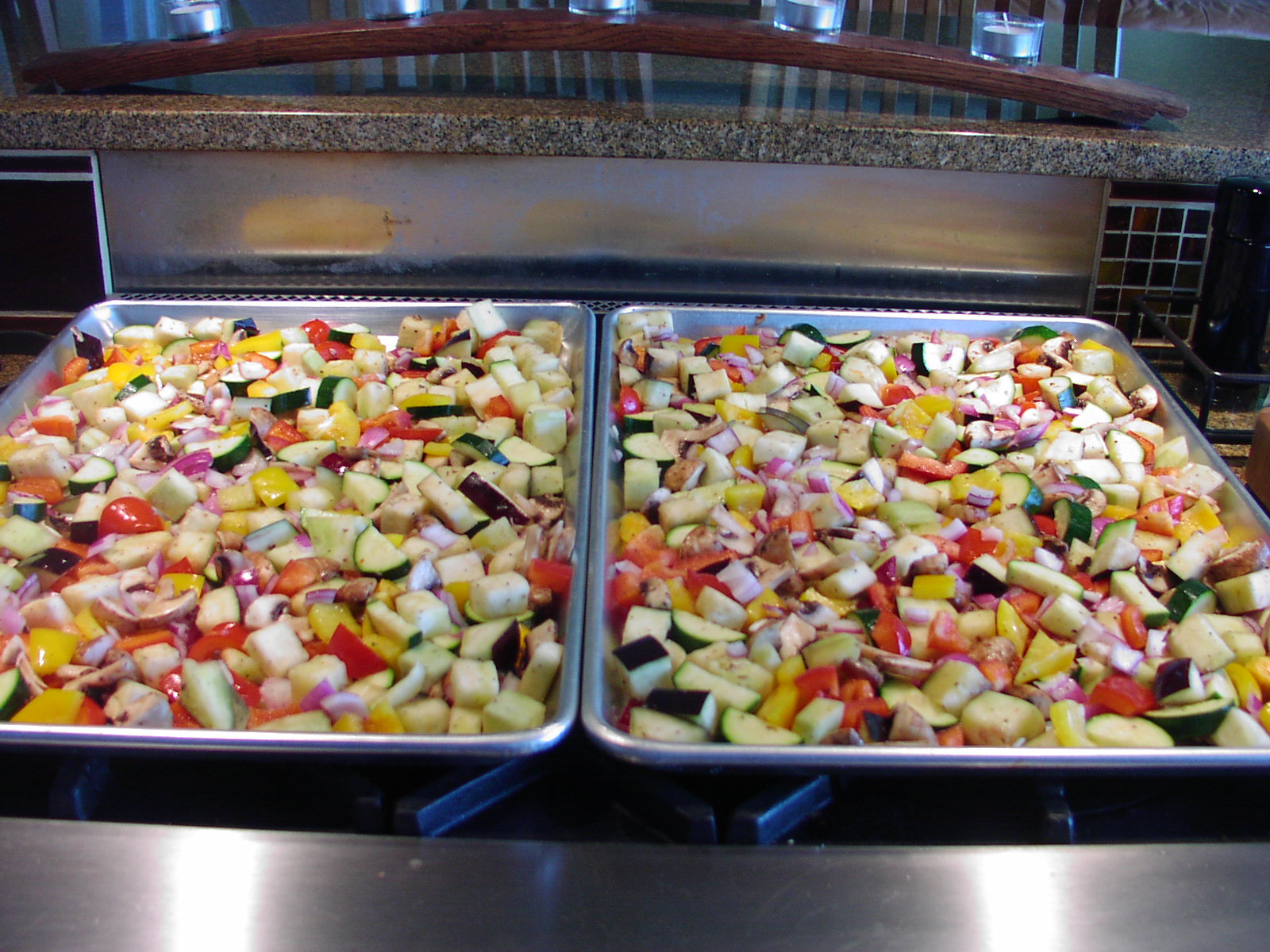
Place in a pre-heated 400 degree oven for 20 minutes or until the vegetables are tender and browned. (Turn a couple of times during the baking process to ensure even browning.) Remove from oven. Set aside.
Meanwhile, melt the butter in a heavy saucepan over low heat. Add the garlic and cook for about 1 minute of until the garlic gives off its aroma. Whisk in the flour and cook for a couple of minutes or until the roux starts to turn a delicate golden brown. Slowly whisk in the milk and bring to a slow boil, stirring the entire time. Boil for one minute as the sauce continues to thicken. Remove from heat and whisk in the nutmeg, salt, and pepper. Set aside. (Reserve 1 cup of the béchamel sauce. This will be spread on the lasagna half way through the baking process.)
Before cooking the noodles, have all the other ingredients prepped and ready to go. Cook the noodles in boiling salted water until al dente (firm to the bite). Remove pan from heat. Don’t drain. Leave the noodles in the water as you assemble the lasagna. (But don’t dilly daddle during the lasagna assembly process or your noodles will quickly take on the proportion of a football field!)
To assemble: Spread ½ cup béchamel sauce in a buttered 10×16-inch baking pan. Arrange 1/3rd of the lasagna noodles over the sauce. Spread half of the roasted vegetable over the noodles, followed by half of both the spinach and the basil. Top the basil with ¾ cup of the Pecorino and ¾ cup of the mozzarella cheeses, then half of the béchamel sauce. Repeat, beginning with another third of the noodles, roasted veggies, spinach and basil, ¾ cup of Romano and ¾ cup mozzarella, and the remaining béchamel sauce. Layer on the remaining noodles. Carefully cover the pan with foil that has been sprayed with non-stick cooking spray and bake in a pre-heated 375 degree oven for 35-40 minutes. Remove the foil; spread the reserved 1 cup béchamel over the top and sprinkle with the remaining ½ cup Romano and ½ cup Parmesan cheeses. Bake uncovered for an additional 15-20 minutes or until the lasagna is bubbly and lightly browned on top. Allow to cool for about 15 minutes before serving.
*Chiffonade (pronounced “shif-oh-nod”) is a knife technique used for cutting herbs and leaf vegetables such as lettuce into thin strips or ribbons. To chiffonade leaves of basil, stack the basil leaves and roll them into a tube. Then carefully cut across the ends of the tube with your knife to produce fine strips.
**Hint: when deciding how many noodles to cook, spread the bottom of your pan with a single layer of uncooked noodles. Triple that number and you have just the right amount. (Seems too easy, doesn’t it?)

